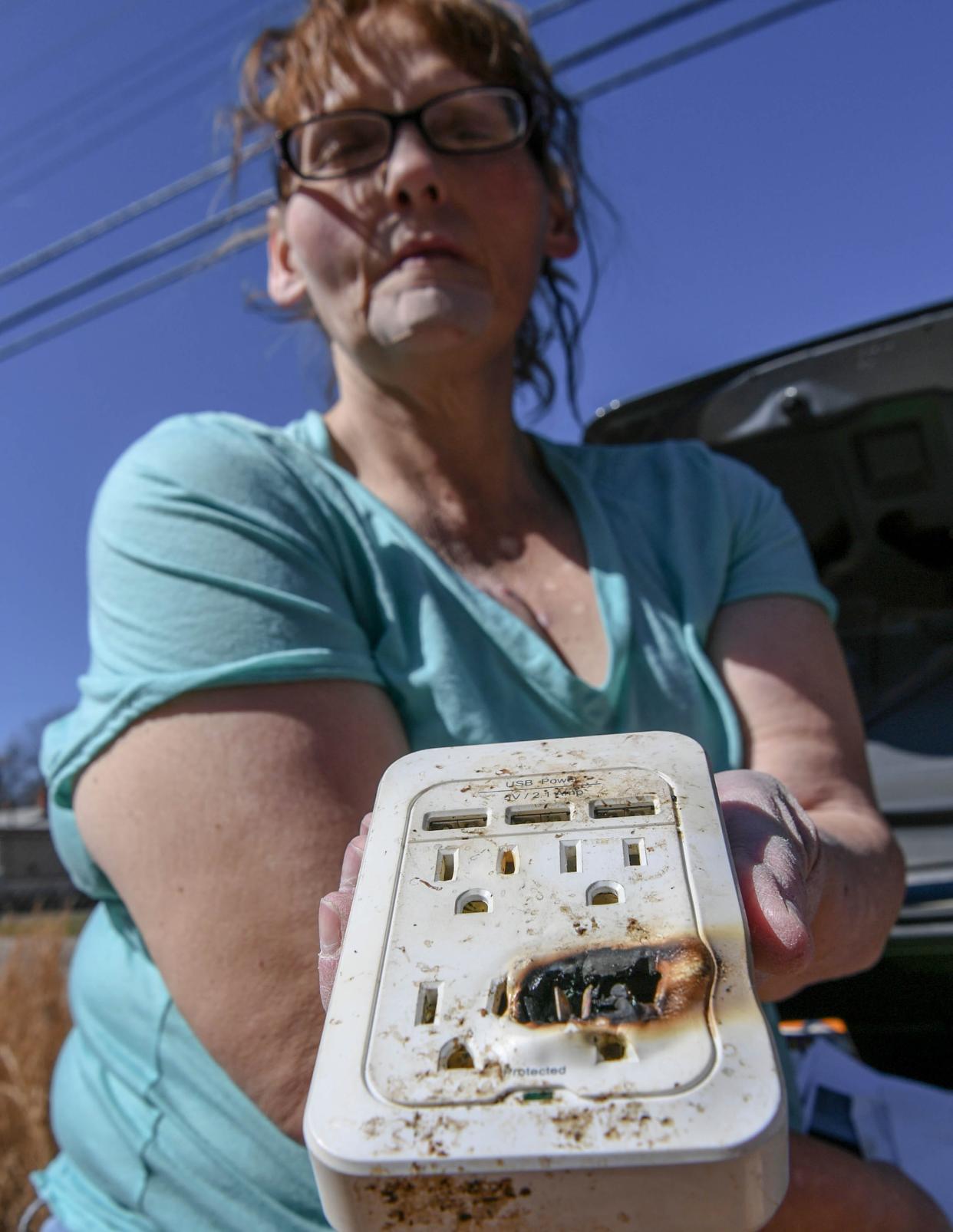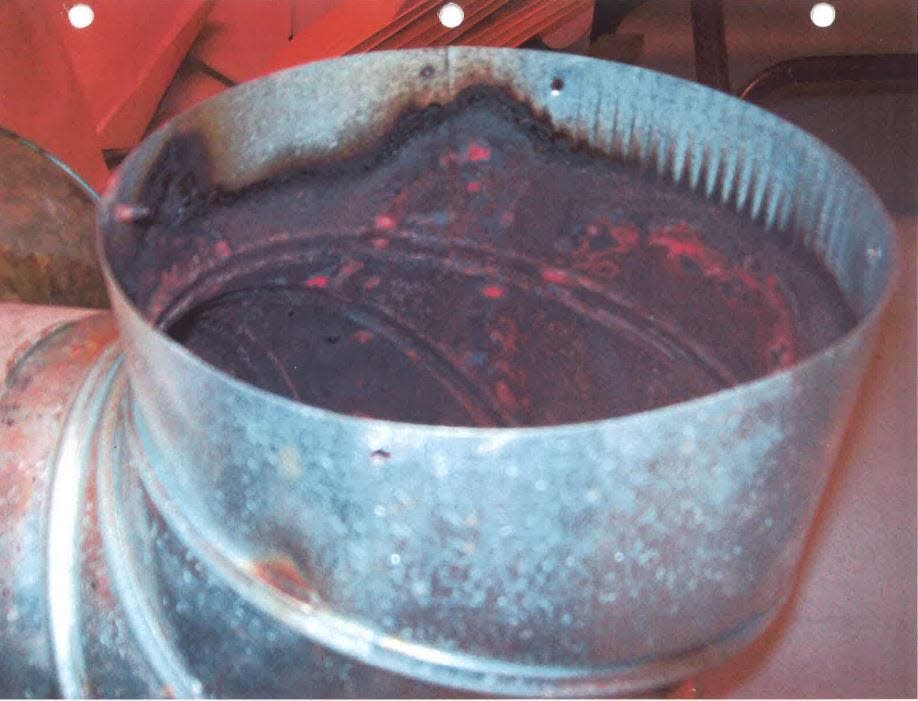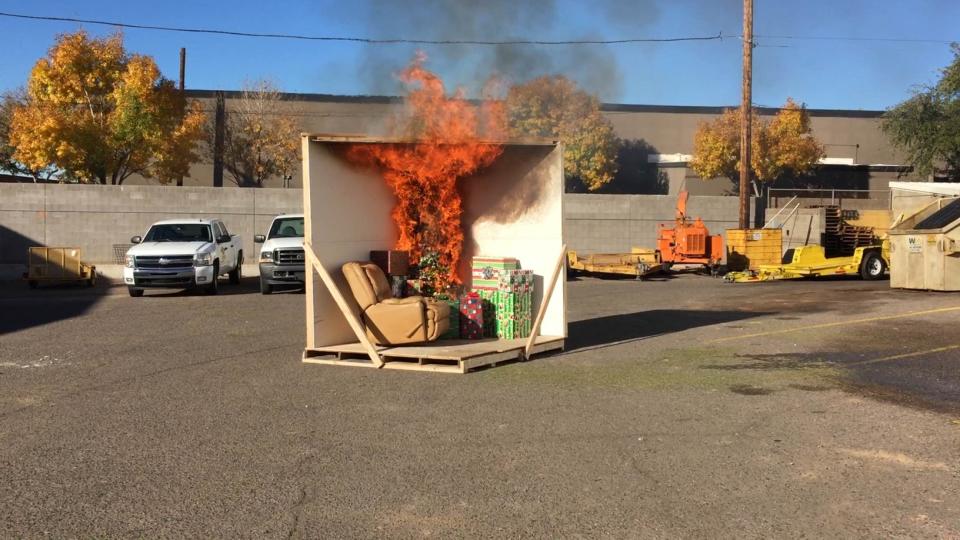'Be fire smart': Cold weather and holiday decorations lead to hundreds of deaths annually

Homes sealed from the elements and filled with heaters and holiday decorations pose constant threats that are more deadly than most people realize.
Christmas decorations alone kill an average of four people in the United States each year, according to data provided by the National Fire Protection Association.
Space heaters lead to another 300 deaths nationwide every winter, the USA Today has reported.
And more than 400 Americans die throughout the year from accidental non-fire related CO poisoning, the Centers for Disease Control and Prevention have announced.
"Home fires occur more in winter than in any other season," a FEMA warning reads. "As you stay cozy and warm this winter, be fire smart."
'Carbon monoxide can be fatal within five minutes'
The most deadly of those wintertime dangers is carbon monoxide, which is known as "the silent killer" because it is an odorless, tasteless and non-corrosive gas.
November is designated as Carbon Monoxide Awareness Month, and Columbia Gas wants Ohioans to protect themselves from the deadly gas this winter.
"The most reliable way to determine whether you have a CO leak is to have fully functional CO detectors in your home on every level and in every room where someone sleeps," a Columbia news release reads. "Remember to test and replace your detector batteries on a regular basis."
Best practices are to never let vehicles run in a garage, have furnaces inspected every year, keep vents and chimneys clear of debris, only start engines or light grills outdoors and never use a cookstove as a source of heat for the home.

"With CO poisoning, you may experience flu-like symptoms, including headaches, dizziness, nausea, vomiting, irregular breathing or feeling ill," Columbia warns. "If CO is present in your home, you may feel tired at home but fine when away from home. Don't ignore the warning signs. Carbon monoxide can be fatal within five minutes at high concentrations."
Every home should have at least one working carbon monoxide detector — one for each level is even better. Batteries should be checked at least twice every year. Now is a good time to test them.
How do I know if my electric heater is safe?
Heating equipment is the leading cause of fires in the United States, according to the National Fire Protection Association.
A USA Today article reported that they are associated with more than 25,000 residential fires and 300 deaths annually.
Heating equipment leads to one of every seven home fires and causes one out of every five deaths associated with house fires, FEMA data reveals.
Heat sources like fireplaces, wood stoves, radiators and space heaters should all be kept at least three feet away from blankets, beds, couches and anything else that's flammable.
Electric heaters should be plugged directly into a wall outlet, and never into an extension cord or power strip.
The National Fire Protection Association recommends staying in the room while you use a space heater and supervising it closely. This means never use a space heater while you sleep and turn if off when you leave the room.
Heaters should be used on a sturdy surface and kept out of the way of children and pets.
"One of the most important features a space heater can have is an auto shut-off safety function," a USA Today article reads. "With this feature, space heaters can shut off automatically if any imminent danger is detected."
'Extension cords are supposed to just be temporary'
As the calendar rolls to December, everyone preparing to decorate for the holidays should make sure their displays are safe.
A report from the National Fire Protection Association shows that an average of 790 home structure fires per year begin with holiday decorations.
"These fires caused an annual average of four civilian fire deaths, 33 civilian fire injuries and $14 million in direct property damage," the report reads.
Electrical distribution is the most concerning for firefighters, even when it's not powering Christmas lights. Every year, Shelby Fire Chief Mike Thompson sees electrical fires sparked that could have been avoided with safe practices. He said to only plug one thing in at a time.

"If you have something that looks like an octopus, you've got a problem," Thompson said. "We see that all the time where people just run extension cords everywhere and think they're going to be fine. Extension cords are supposed to just be temporary."
Christmas trees lead to about 150 house fires across the country each winter. Many of those could have been avoided if the trees were watered, and if they were removed once they were too dry.
"As Christmas trees dry out, they become more and more flammable," the National Fire Protection Association warns. "Thirty percent of Christmas tree fires were in January. Although Christmas tree fires are not common, they can grow very fast."
ztuggle@gannett.com
419-564-3508
This article originally appeared on Mansfield News Journal: Heaters and holiday decorations can lead to fires and carbon poisoning

